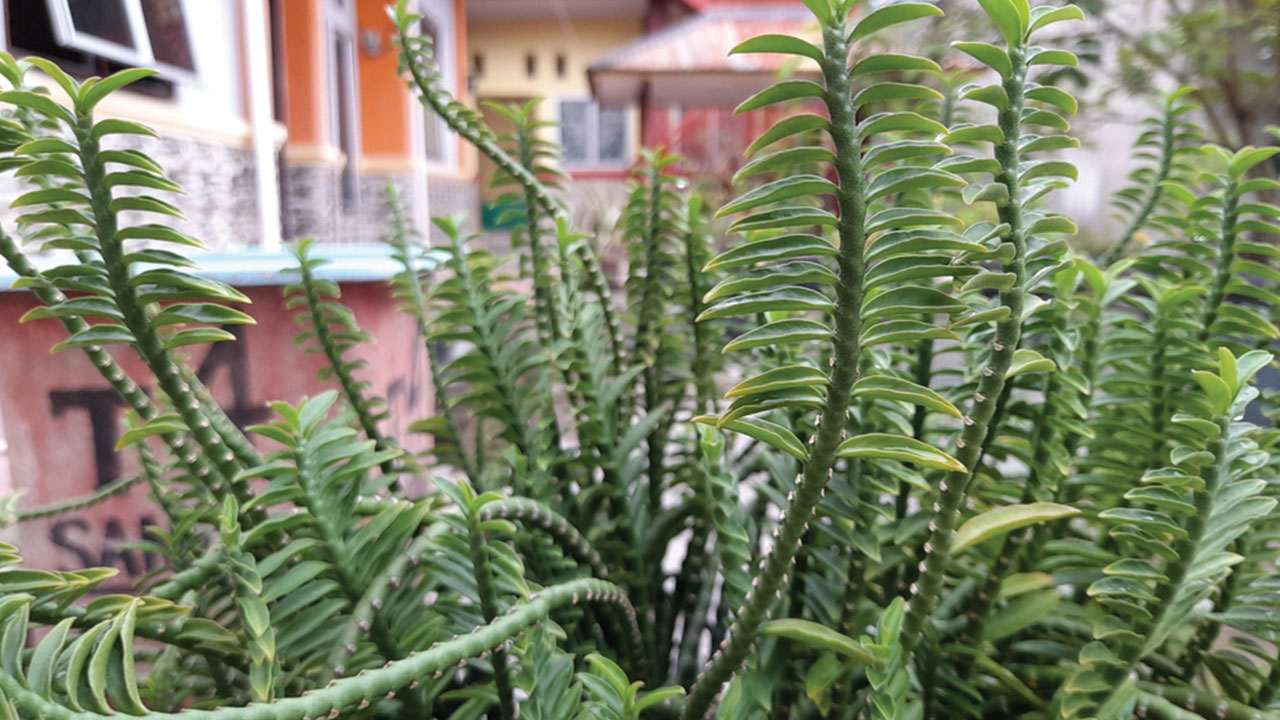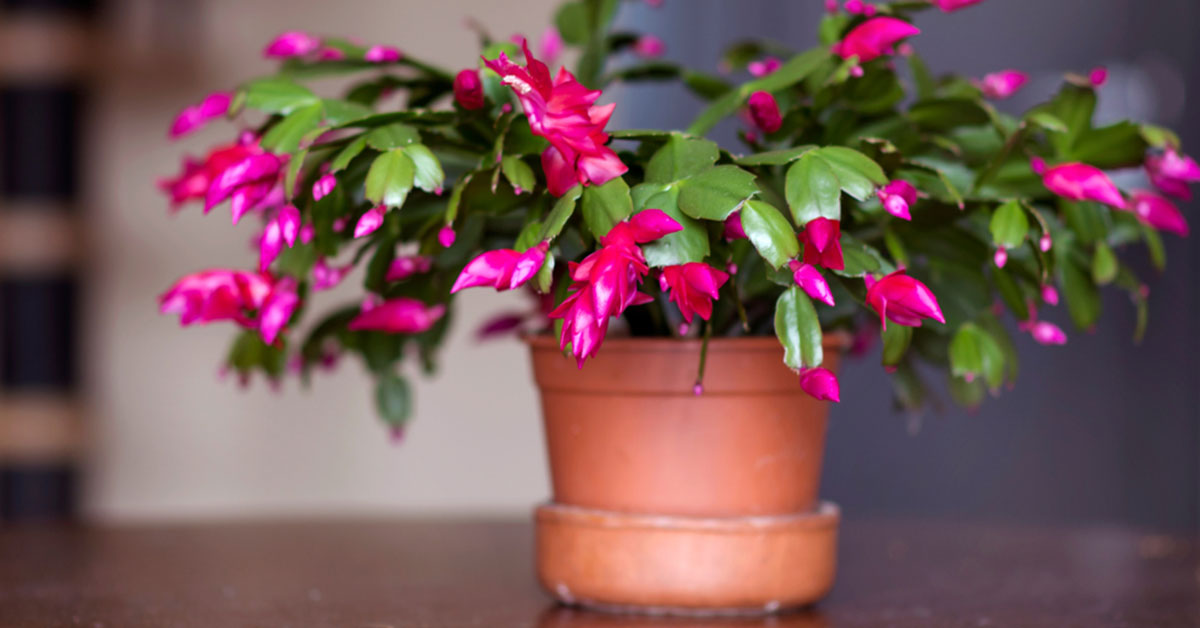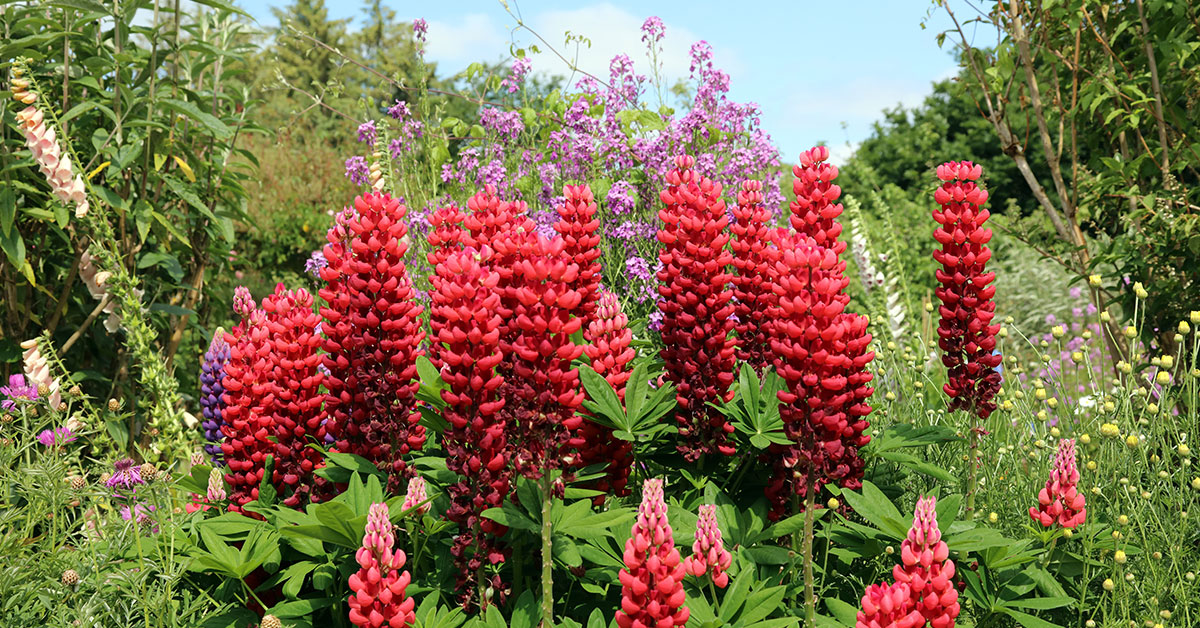Growing Jacob’s ladder (Polemonium caeruleum) in your garden can add a touch of elegance and charm. With its delicate clusters of bell-shaped flowers and attractive foliage resembling a ladder, this herbaceous perennial thrives in cool to temperate climates.
By providing the right conditions and following simple care guidelines, you can cultivate a stunning display of these beautiful plants, creating a captivating and enchanting garden space.
What is a Jacob’s Ladder plant?
acob’s ladder (Polemonium caeruleum) is a herbaceous perennial plant that is native to Europe. It is also commonly known as Greek valerian or blue-flowered polemonium.
The plant gets its name from the arrangement of its leaves, which are arranged in pairs along the stems and resemble the rungs of a ladder. The leaves are pinnately compound, meaning they consist of multiple leaflets arranged along a central stalk. The leaflets are typically oval or lance-shaped and have a medium to dark green color.
Jacob’s ladder produces attractive clusters of bell-shaped flowers in shades of blue, lavender, or white, depending on the variety. The flowers usually bloom in late spring or early summer and can add a delicate touch of color to garden beds or borders. They are known for their sweet fragrance and are often visited by pollinators such as bees and butterflies.
Different varieties
There are several different varieties of Jacob’s ladder (Polemonium caeruleum), each with its own unique characteristics. Here are a few popular varieties:
- ‘Brise d’Anjou’: This variety features variegated foliage with creamy white edges, adding an extra element of interest to the plant.
- ‘Stairway to Heaven’: It is known for its distinctive foliage, which is green with creamy white edges and pink flushes. The foliage coloration intensifies in cooler temperatures.
- ‘Blue Pearl’: This variety produces clusters of vibrant blue flowers and has compact growth, making it suitable for smaller gardens or containers.
- ‘Album’: As the name suggests, this variety has pure white flowers instead of the typical blue or lavender shades, creating a softer, more delicate appearance.
- ‘Lambrook Mauve’: This cultivar has lovely mauve-lilac flowers and deeply divided foliage, giving it an elegant and graceful look.
- ‘Bressingham Purple’: It features deep purple flowers that stand out beautifully against the green foliage, creating a striking contrast.
- ‘Northern Lights’: This variety offers a range of flower colors, including shades of blue, lavender, and pink, which can create a multicolored display in the garden.
- ‘Heaven Scent’: It is known for its fragrant flowers, which emit a pleasant scent. The blooms are typically pale blue or lavender.
- ‘Snow and Sapphires’: This cultivar has white flowers with a hint of blue at the base, creating a lovely two-toned effect.
These are just a few examples of the different varieties available. Jacob’s ladder plants offer a range of colors and foliage variations, allowing you to choose the one that best suits your garden’s aesthetics.
Is the Jacob’s Ladder plant poisonous?
The Jacob’s ladder plant (Polemonium caeruleum) is not considered poisonous to humans. It is generally regarded as non-toxic and safe to handle. However, it’s always a good practice to avoid ingesting any part of a plant unless you have confirmed its safety, especially if you have pets or small children who might accidentally consume plant material.
That being said, while Jacob’s ladder is not toxic to humans, it’s worth noting that some plants share the common name “Jacob’s ladder.” For instance, the plant known as “false Jacob’s ladder” (Smilacina racemosa) and certain species of the genus Tradescantia are mildly toxic if ingested. Therefore, it’s important to correctly identify the specific plant species when considering its potential toxicity.
If you have any concerns about the safety of a specific plant in your garden, it’s best to consult with a local plant expert, such as a horticulturist or a poison control center, for accurate and detailed information regarding its toxicity.
How to grow a Jacob’s Ladder plant
Here are some general guidelines for growing Jacob’s ladder (Polemonium caeruleum):
- Climate and Location: Jacob’s ladder thrives in cool to temperate climates. It prefers partial shade to full shade, though it can tolerate some morning sun. Select a location in your garden that provides these conditions.
- Soil Preparation: Prepare the soil before planting. Jacob’s ladder prefers well-draining soil that is rich in organic matter. Amend the soil with compost or well-rotted manure to improve its fertility and drainage.
- Planting: Plant Jacob’s ladder in spring or early fall. Dig a hole slightly larger than the root ball of the plant and place it in the hole, ensuring that the top of the root ball is level with or slightly above the soil surface. Space multiple plants about 12 to 18 inches (30 to 45 centimeters) apart.
- Watering: Water the newly planted Jacob’s ladder thoroughly and keep the soil consistently moist but not waterlogged. Once established, the plant is moderately drought-tolerant but still benefits from regular watering during dry periods.
- Mulching: Apply a layer of organic mulch, such as wood chips or compost, around the base of the plant. Mulching helps retain moisture, suppresses weeds, and regulates soil temperature.
- Fertilization: Jacob’s ladder generally doesn’t require heavy fertilization. However, you can apply a balanced, slow-release fertilizer in early spring to provide nutrients for healthy growth. Follow the package instructions for application rates.
- Pruning: Deadhead the faded flowers to encourage prolonged blooming. Cut back the foliage to the ground after the first frost in fall to tidy up the plant. This will also help promote healthy growth in the following season.
- Division: Over time, Jacob’s ladder may become crowded. Divide the plant every 2 to 3 years in early spring or fall. Dig up the clump, separate it into smaller sections, and replant them at the appropriate spacing.
- Pests and Diseases: Jacob’s ladder is generally resistant to pests and diseases. However, it may occasionally face issues like powdery mildew or slugs. Monitor your plants regularly, and if necessary, apply appropriate treatments or organic pest control methods.
By following these basic care instructions, you can enjoy the beauty of Jacob’s ladder in your garden. Remember to adapt the care based on your specific climate and growing conditions.













